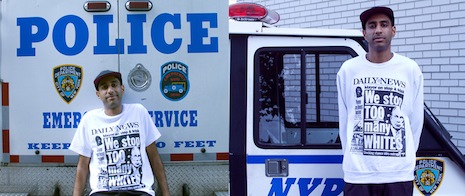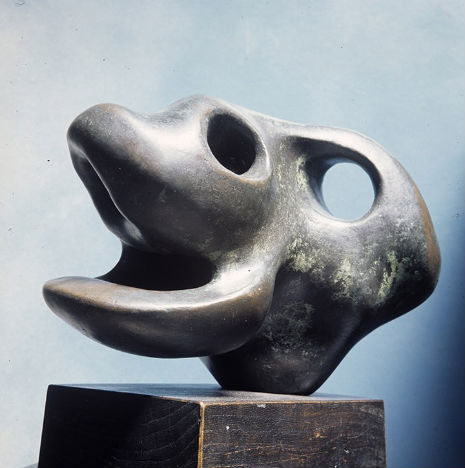
This is a guest post written by Emil Amos of Holy Sons
In early 2006 my father was lying in a hospital bed in the Miami Veteran’s Administration hospital being treated for advanced stage cancer. On weekends I’d call to check in on him on breaks from my job at a homeless shelter in Portland, OR. He’d had an obsession with military history books ever since he’d been a ranger in Marines as a teenager, so I mentioned that I’d recently gotten fixated on books detailing the history of various secret services. That’s when he told me for the first time that he’d been interrogated by the FBI three times in his life and naturally I wanted to hear all the stories…
It was the third story he told that really blew my mind since I’d been deeply immersed in researching 70’s records and my father had hung out with many of the exact musicians I’d been borrowing from in my own music. I’d grown up hearing lots of insane tales about all the musicians that had migrated to Miami in the 60’s and crossed paths with my father. He’d often go sailing with John Oates, David Crosby or Stephen Stills, usually introducing me as “The Boss.” I can remember being with him at one of the Bee Gees mansions and standing in their driveway as my father bargained with one of the Gibb brothers, trying to buy me one of their gold cars.
My mother and I left for North Carolina when I was six so my memories of these times were always foggy and most of the classic stories were handed down to me on long car rides when my mom would tell me just how wild my dad’s adventures had really been. If you’d met him even once, virtually any legendary tale was believable as his charisma, energy and presence was larger than life and had gained him a virtual folk hero status in Coconut Grove.
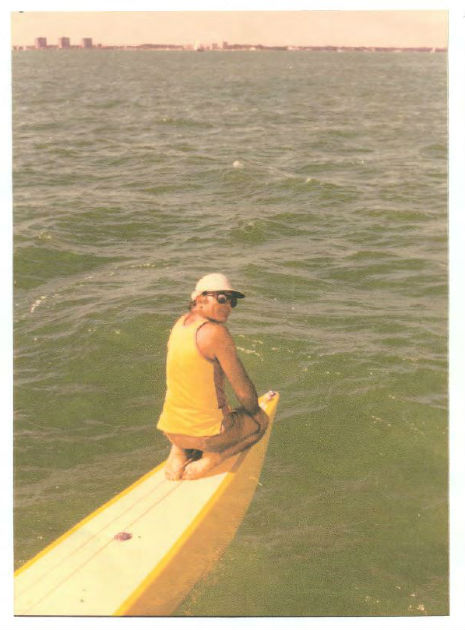
For example, I was a little shocked to find out that I was conceived while my father was on LSD while in front of some of my professors, a monk I was studying under, my mother and my buddy Duncan Trussell’s family while we all sat at my college graduation dinner. That’s the kind of anecdote he’d pull out for a quick laugh at the dinner table!
In the late 1950s my father sailed constantly and could use the stars to find his way and navigate alone, having sailed straight through the Bermuda Triangle and all the way to Morocco. These skills probably began back when he was an underwater demolitions expert in the Marines… something I only really knew about because he’d make grenades on the kitchen table out of gunpowder and drive me down to the docks to toss them into the water to watch their delayed explosions until the cops would come circling around.

Sailing became trendy among the folk music set in Miami probably because you could feel more free by getting off land, away from the eyes of straights and law enforcement while indulging in the drugs of your choice or trafficking them yourself by picking up dropped shipments. The great folksinger Vince Martin had set off a trend of moving to Coconut Grove by being the first to abandon New York in the early 60’s for Miami’s tropical beauty. Fred Neil, one of Bob Dylan’s early idols, followed him down and wrote classic songs like “The Dolphins” during the period when he’d go sailing with my dad. My father told me they’d actually met when Fred Neil collapsed in the corner of his boat to sleep off an underestimated high before he knew whose boat he was stepping onto. In line with classic Fred Neil legend, he was hiding to avoid a show he was supposed to be playing that night.
My father would sometimes look after David Crosby’s boat “The Mayan” while he was gone on tour and had sailed it back from the Keys along with my mother and I. The Mayan was built in 1947 out of an extremely rare Honduran mahogany that termites couldn’t easily eat and was featured on the picture sleeve of one of my favorite CSN seven inches for the song “Dark Star.”
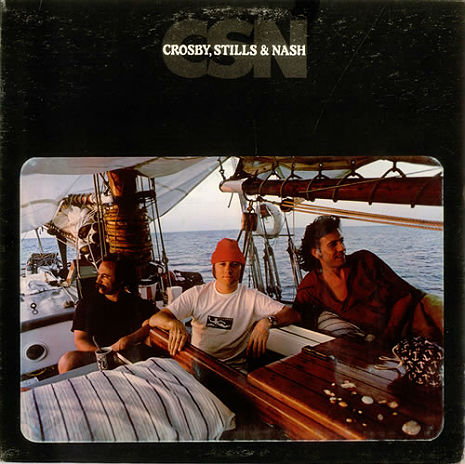
The story he told me from the hospital bed began on one of his trips back from the Keys. I never really asked him if he was trafficking drugs back and forth… maybe I didn’t want to risk shutting the conversation down. He didn’t seem to have much interest in the stories himself and I had to pry a lot of it out of him. In this particular story he was about to sail back to Coconut Grove when he was introduced to a man on the dock who needed a ride into town. My father being generally pretty kind and fearless, told him that as long as he helped out with the sails and docking the boat he could come along.
Immediately he noticed how skilled and inquisitive the man was and acknowledged that he had a kind of hyper-intelligence. While they were talking about their backgrounds the man explained he was a musician named “Tim Buckley” and quickly pulled out his new LP to prove his identity. My father, probably not knowing who that was and being relatively unimpressed, went back to manning the boat but was ultimately charmed and invited him to come over and hang out with some friends after they got to shore. By the time they reached the dock the man had literally asked my father about every single motion he’d made on the boat and seemed to have memorized each task so that he’d be able to try and sail the boat himself next time.
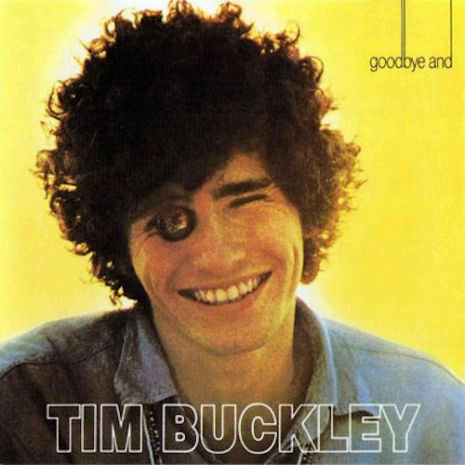
The irony of the stranger’s identity would become more bizarre as they pulled up to the cottage my dad had been living in. Joni Mitchell had just gotten to town and was staying with Vince Martin, Fred Neil’s singing partner. She was looking for a slightly more stable place to stay where she could have her own room and my dad offered his place. So when my dad pulled up to his house with the stranger in tow, Vince Martin and Joni Mitchell were sitting on his porch. As my father approached them, the man introduced himself as “Tim Buckley” and Joni Mitchell said “That’s strange… I just played with Tim Buckley in New York.” The way my dad told it was that the guy was so incredibly charming that he was able to laugh the situation off, eventually admit he wasn’t that Tim Buckley and charm her just the same. In fact, he ended up charming her so quickly that he moved into my dad’s place to stay with them where he and Mitchell fell in love.
The way my dad told it, their romance didn’t last all that long as she had to leave for a huge tour in a month or two as her career was exploding in the summer of 1968. They began to argue more and more as the tour pulled nearer and just like that, as soon as Joni left for tour, my father said the fake “Tim Buckley” was never seen again.
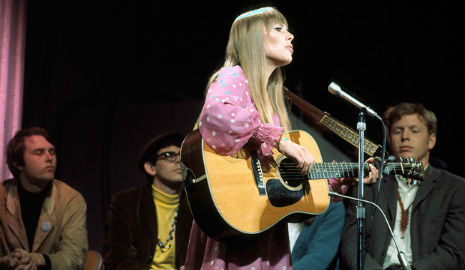
About a month later my dad was pushed into a car and then taken a dark room and left there for awhile to think by the Feds. I’m sure he probably figured it had something to do with his associations with local growers and traffickers, but he was initially relieved to find out they were only focused on the stranger he brought to town. As the questioning commenced an agent revealed that the man he’d brought into town was an international diamond thief that was wanted for several high profile heists. My father knew nothing about any of this so was probably very comfortable spewing obscenities and saying he didn’t give a fuck, knowing him. In the end they presented him with a statement that said he transported an international criminal into the US and he signed it just so he could leave.
A couple years later it occurred to me that I should probably order my father’s FBI files under the Freedom of Information act, but as my own music career got much busier I never got around to it. I even contacted Vince Martin to interview him for my favorite magazine Ugly Things, but never completed writing the piece. I got married and toured constantly in three bands so even my dad’s death was folded into an extremely confusing time that I still haven’t quite processed completely now. Searching through my emails the other night, I found Vince Martin’s response to me about this story from years ago and it hit me that he probably knows many more of these stories about my father.
Vince had written:
Wow! I never knew you and that’s a shame… and better late than never is cliche, but therefore very true:)—Did you know that your uncle Ron honored me with some of your father’s ashes which are on my living room table in a stained glass box. I loved him… he was a great friend, we sailed and hung out a lot. I miss him—-:)
I type with two fingers & its painfully slow—better to talk it:) ..Anytime Emil:)
Joni lived in my house on Bay Homes Dr. I lived with her and Chuck, her then husband in detroit for almost a year… we were close. I introduced her to David Crosby who ultimately produced her first LP…
and the story about the phony Tim Buckley is dead on. The guy sat in my living room and tried to tell me he was who he wasn’t when i knew Tim Buckley and knew this guy was a fake. Joni and I stared at him… like maybe we were nuts. Finally we knew it was his lie and we were still able to see.
Reading Vince’s email again brought things back into focus for me and I began searching on Google, typing in anything that might prove there was a show flyer leftover from Joni Mitchell playing with Tim Buckley in NYC like my father had said.
There was nothing out there at all… except one single link to a tiny bit of audio from a Joni Mitchell interview in 1988 that seemed to magically confirm everything immediately!. My eyes widened as I poured another drink and listened to this fleeting evidence of the details my dad had reeled-off on the phone from his hospital bed.
One has to wonder if the man the FBI was looking for was actually Murph the Surf?
I looked back through more emails and found one from my uncle guessing that the man was either Murph the Surf or his accomplice. The years would’ve matched up pretty well actually considering Murph was imprisoned sometime around 1969, so this window of time may’ve been exactly when the FBI was pursuing him and his gang. How many international diamond thieves could the FBI have been pursuing in the Grove area at that time?
This is a guest post written by Emil Amos, who has recorded over 1000 songs. The new Holy Sons album is called The Fact Facer and it is out now on Thrill Jockey Records. The Holy Sons will be touring with Elisa Ambrogio from Magik Markers.
Posted by Richard Metzger
|
10.06.2014
02:54 pm
|
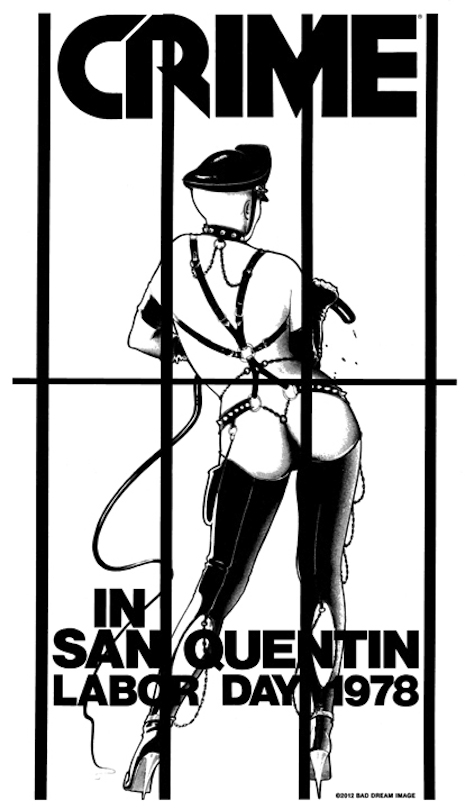

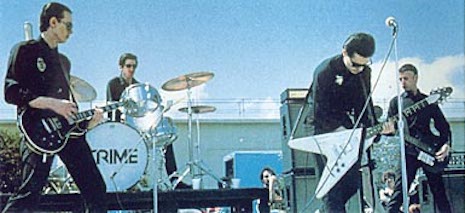
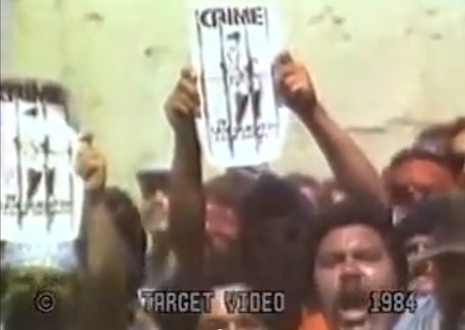
, an oral history of Bay Area punk, gives a few more details:
, released last year, collects all of Crime’s original studio recordings. Superior Viaduct put the album out on vinyl and MP3
this summer.






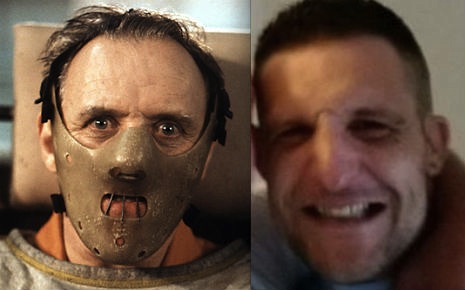

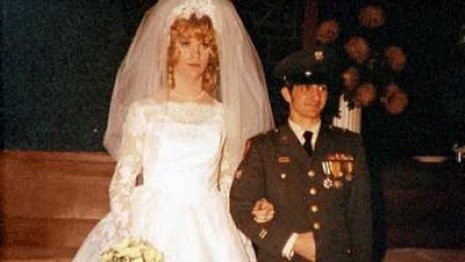

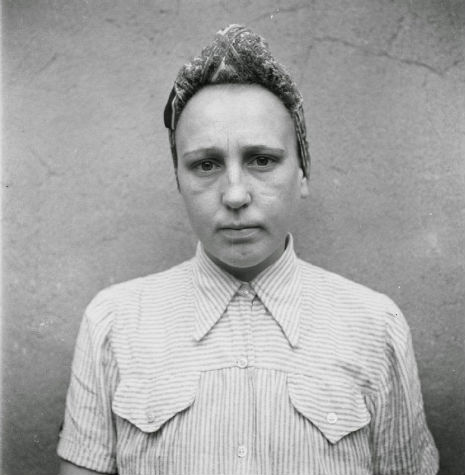
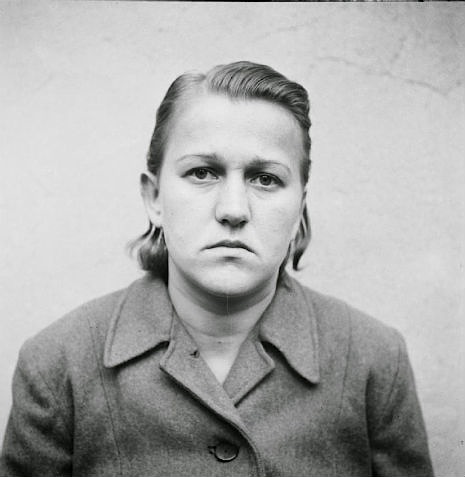
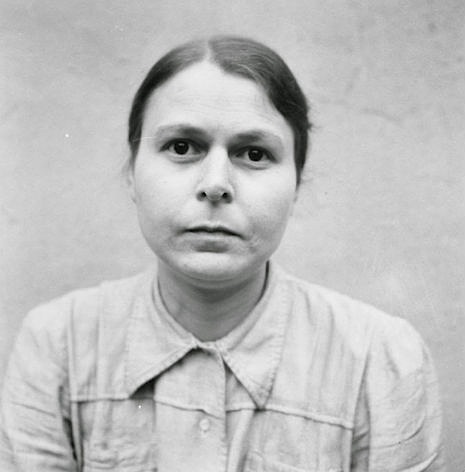
.jpg)


